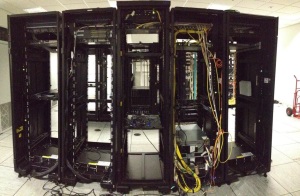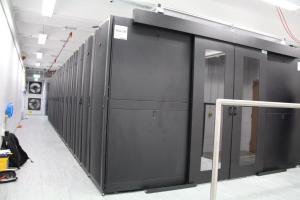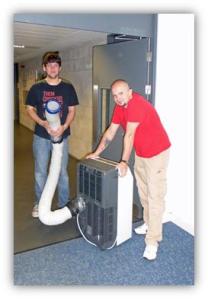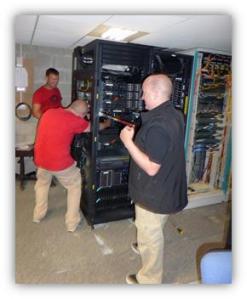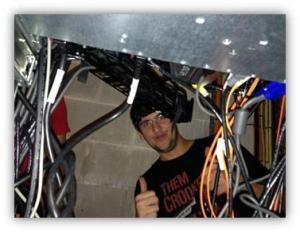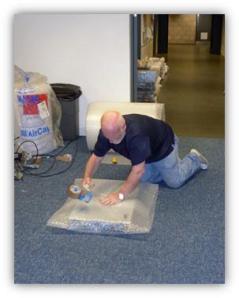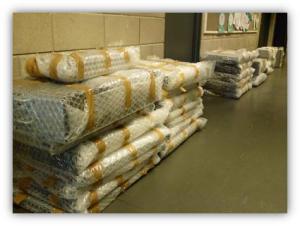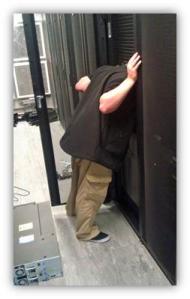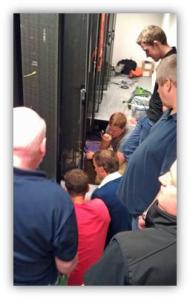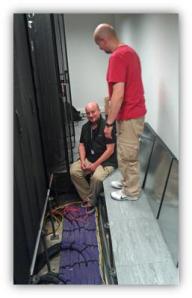Moving a data centre from one location to another without disrupting the organisation is a major undertaking. We moved one data centre to a shared facility with the University of Aberdeen and North East Scotland College last year successfully, and on the weekend of 24th / 25th May we moved our second data centre from St Andrew Street down to a new purpose built facility on our Garthdee Campus. This one will also be shared with the University of Aberdeen and North East Scotland College.
The St Andrew Street building has been the University’s IT hub pretty much since IT began. When the national JANET network came into being, its main entry point was into St Andrew Street, and for many years the University’s main computer room was there, with network links to the rest of the Campus. The St Andrew Street building will be sold at the end of June, and this data centre move is part of a wider set of tasks to decommission the whole building. This has involved re-routing our external fibre connections (sorry about the roadworks!), and significant changes to the University’s overall Campus network so that we can unplug St Andrew St.
Down at Garthdee, there was construction work to build the new data centre, and this also involved significant changes to the Campus network at Garthdee so that the new data centre was connected into our network. All this work has been going on quietly over the past several months stage by stage.
Prior to the weekend of 24th / 25th of May, all of our critical systems had to be switched so that they were running fully from the North East Shared Data centre at the University of Aberdeen. That allowed the IT team over the weekend in May to shut everything down at St Andrew Street, move it down the road, and bring it back up again without any disruption. Once everything was up and running, critical services had to be rebalanced to run across the two data centres.
The School of Computing and Digital Media also had to move their servers from St Andrew Street down to the new data centre and they had completed their physical moves ahead of the 24th and 25th of May.
In a couple of weeks, the three remaining University departments will leave the St Andrew Street building for ever. Once they are gone, IT Engineers will disconnect the building and decommission the internal networks – that truly will represent the end of an era for us, but we are looking forward to moving down to Garthdee!
Here is the St Andrew Street Data centre before the move:
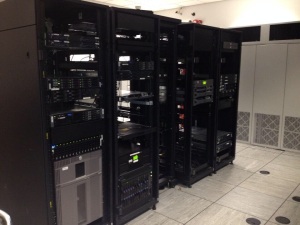
And here it is looking pretty empty after everything was moved down to Garthdee:
